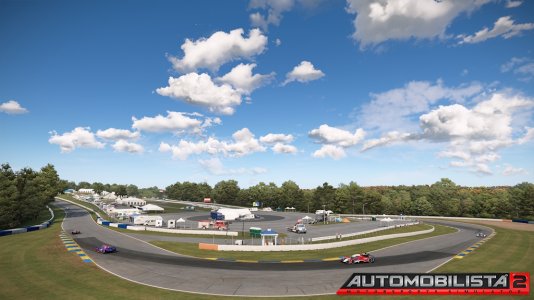The pedal deck was by far the most challenging subframe to design. It has to move back and forth. It has to go up and down, and it has to be able to allow the pedals to slide laterally. Two transducers, a Buttkicker LFE and ClarkSynthesis TST329, are installed underneath the pedal deck to increase complexity. And to preserve the tactile effects, a set of good vibration isolators (RaceBass) are used.
I bought the Simucube 2 pro during its initial launch, and in its first year, the pro came equipped with two power supplies. The PSU cable length restricts placement. A logical placement would be the steering column, but it would impact comfort. Placing them on the front and the back of the column would potentially be problematic for the knees. Placing them on the side would increase the width of the column to an uncomfortable proportion.
The only safe position on the center beam is behind the center column, as drivers cannot accidentally hit or kick them. But that area is intended for the pedal deck subframe. Luckily, channels all around the spine and four simple 40160 5mm connector plates do the trick.
Mounting the PSUs on the connector plates frees up the side channels of the spine, allowing the pedal deck to move back and forth across the central spine.
The pedal deck subframe consists of two major parts, the lower part responsible for movement and the upper part allowing for mounting the components. The Good Vibrations (formerly known as RaceBass) isolators connect and isolate the two parts using 5mm T connector plates (120mm x 120 mm).
The most important part of the pedal deck is, of course, the pedals. I replaced the Heusinkeveld Sprints, which I absolutely loved, with Racewerk S1 Pro hydraulic pedals.
The pedals are fully aluminum CNC machined, and the brake pedal contains a Tilton Engineering 78-Series endurance racing cylinder. The pedals connect to the Simucube accessories port, reducing the USB port use.










